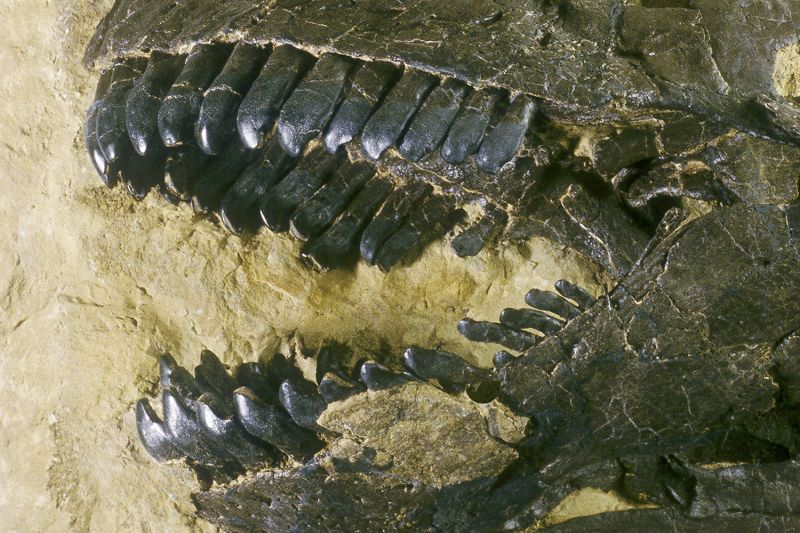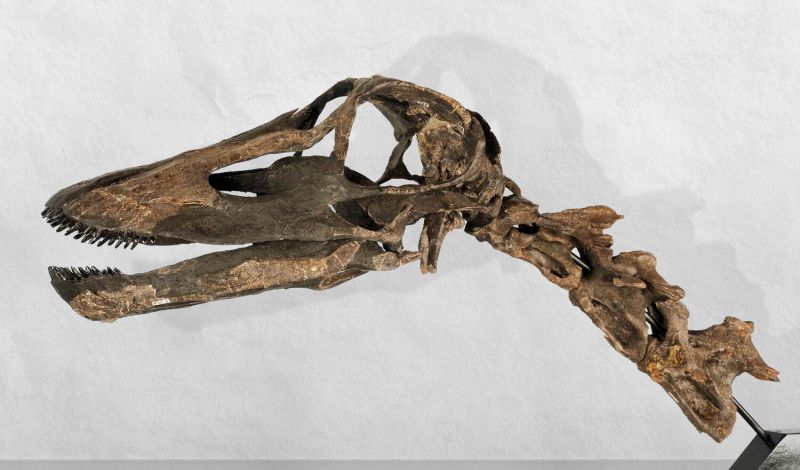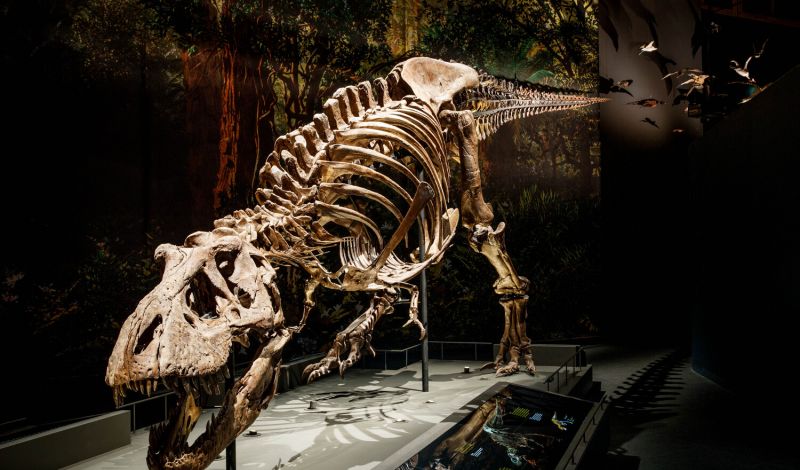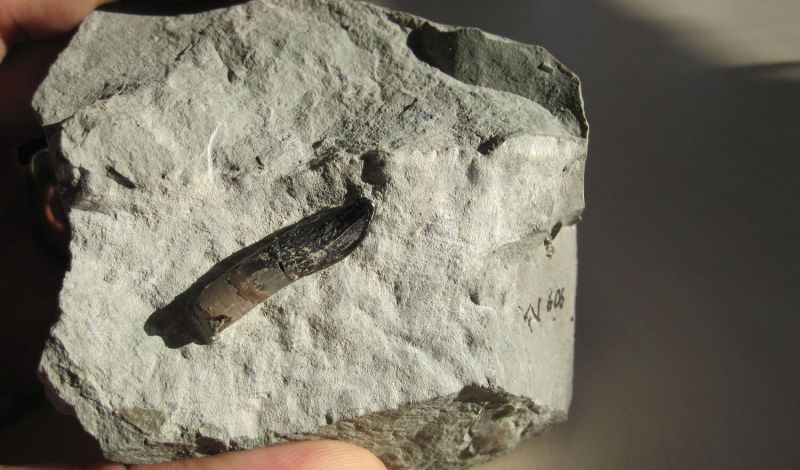
Dinosaur Teeth Give Glimpse of Early Earth’s Climate
A new method reconstructs carbon dioxide levels and photosynthesis from fossilized tooth enamel.
A previously untapped source of data sheds new light on the climate of the early Earth: fossilized dinosaur teeth show that the atmosphere during the Mesozoic era, between 252 and 66 million years ago, contained far more carbon dioxide than it does today. An international research team at the Universities of Göttingen, Mainz and Bochum made this discovery by analyzing oxygen isotopes in tooth enamel. They used a newly developed method that opens up opportunities for research into the Earth’s climate history. In addition, the researchers found that total photosynthesis from plants around the world was twice as high as it is today. This probably contributed to the dynamic climate during the time of the dinosaurs. The results were published in the journal PNAS.


